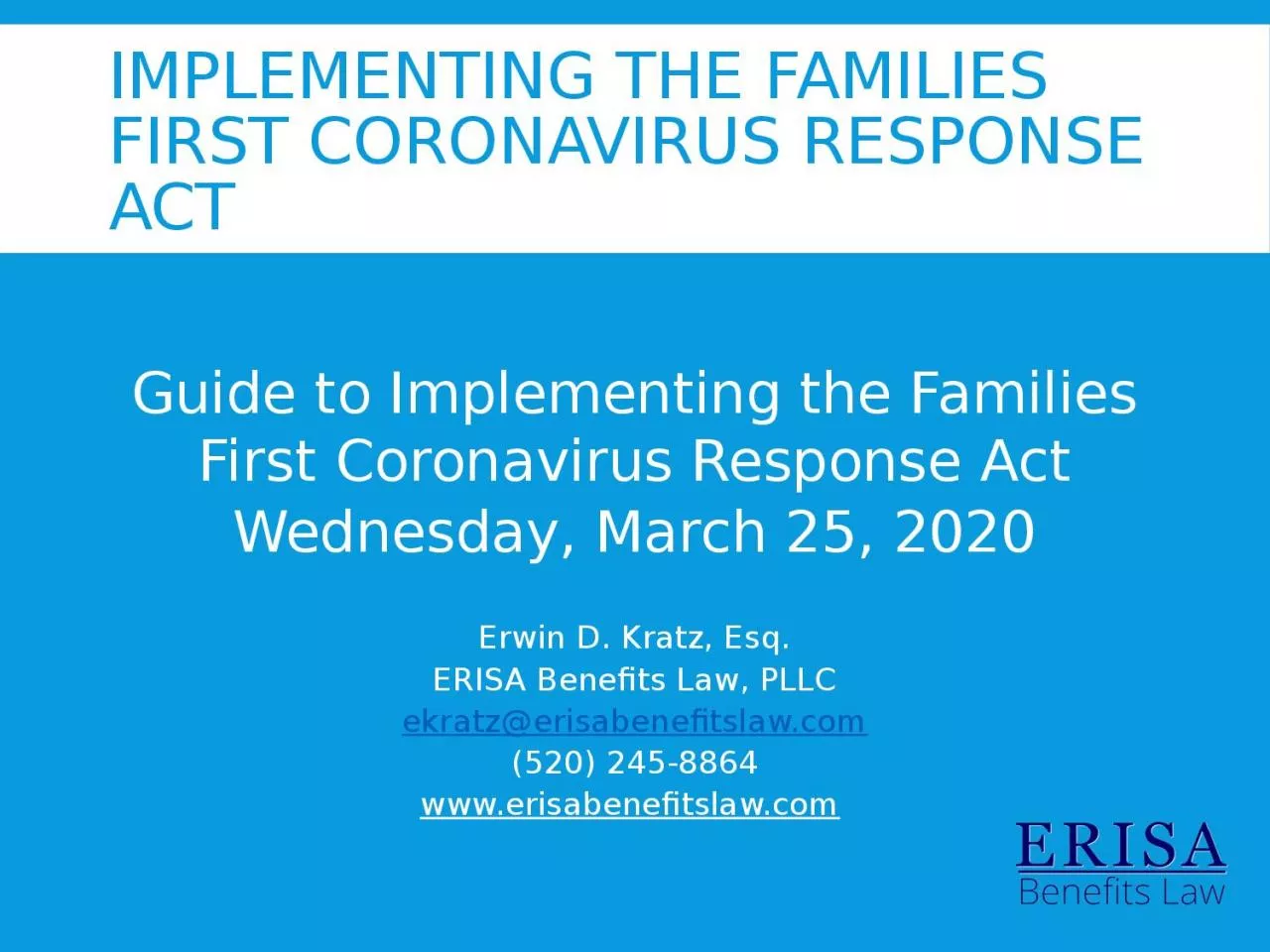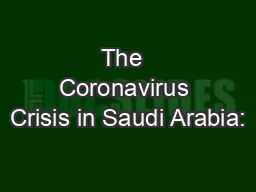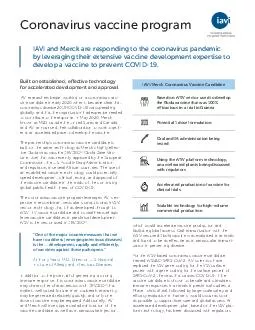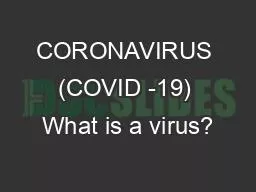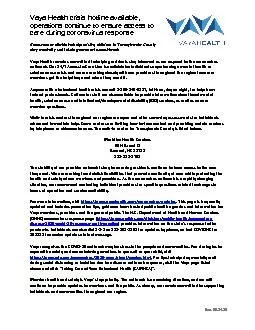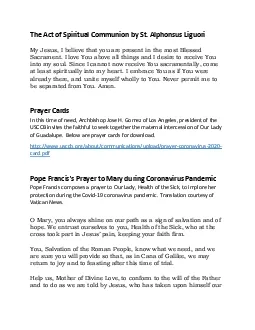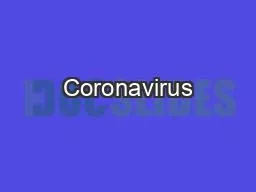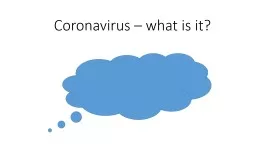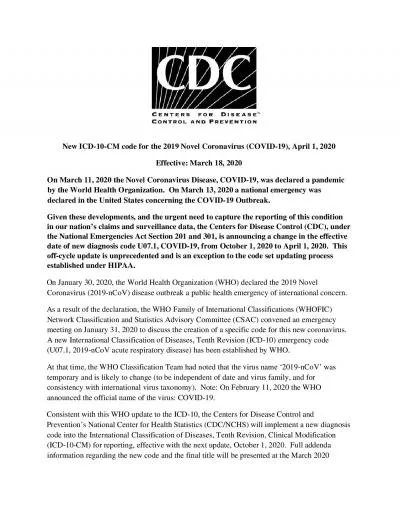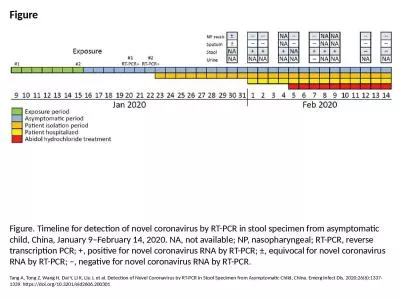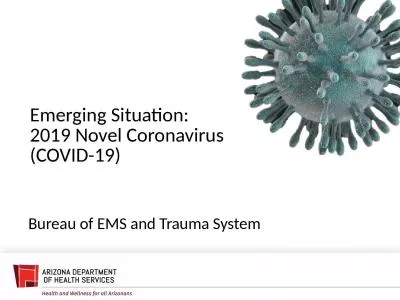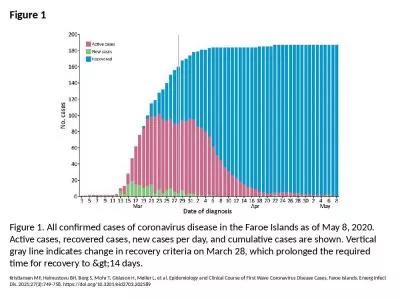PPT-Implementing the Families First Coronavirus Response Act
Author : bety | Published Date : 2024-03-13
Guide to Implementing the Families First Coronavirus Response Act Wednesday March 25 2020 Erwin D Kratz Esq ERISA Benefits Law PLLC ekratzerisabenefitslawcom 520
Presentation Embed Code
Download Presentation
Download Presentation The PPT/PDF document "Implementing the Families First Coronavi..." is the property of its rightful owner. Permission is granted to download and print the materials on this website for personal, non-commercial use only, and to display it on your personal computer provided you do not modify the materials and that you retain all copyright notices contained in the materials. By downloading content from our website, you accept the terms of this agreement.
Implementing the Families First Coronavirus Response Act: Transcript
Download Rules Of Document
"Implementing the Families First Coronavirus Response Act"The content belongs to its owner. You may download and print it for personal use, without modification, and keep all copyright notices. By downloading, you agree to these terms.
Related Documents

